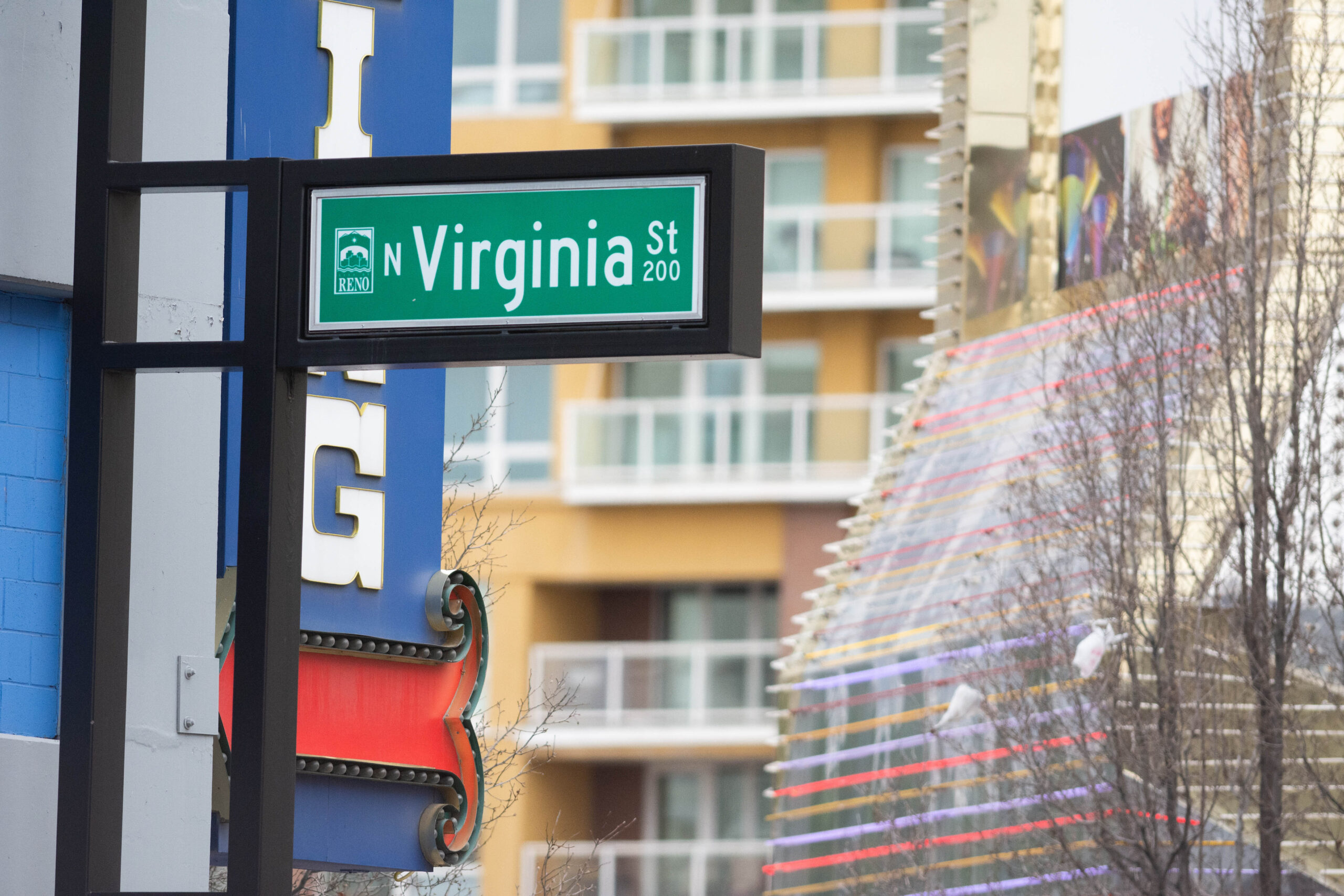Philadelphia vs. Reno: Two weeks for a bridge or four years for a bike lane?

On June 11, a section of Interstate 95 in Philadelphia collapsed after a tanker truck full of gasoline caught fire under a bridge. Twelve days later, the bridge was rebuilt and the interstate was reopened. Understandably, this seemingly miraculous act of rapidly completed civil engineering caused more than a few people to question why it takes so long to build anything in a country capable of such feats.
Meanwhile, Reno is in its fourth year of planning where, exactly, to put a bike lane.
Before angry members of the city council or historians with Substack and those with unusually strong opinions on municipal planning email me, yes, it’s undeniably true there’s a difference between rebuilding a collapsed bridge and installing a new bike lane.
The impacts of the bridge’s absence were obvious and the objective of the work was clear. There was no placemaking or traffic to study before considering whether and where to begin construction — the bridge’s previous dimensions, location and benefits were all well understood. There was no meaningful political argument to navigate or mediate — there was a bridge, then there suddenly wasn’t, and everyone (or close enough, anyway, provided we ignore the Lizardman’s Constant) wanted it back.
Adding a protected bike lane — a bike lane protected by physical impediments from neighboring car traffic instead of a mere strip of paint — by contrast, has an indeterminate impact to a street and a neighborhood. How will it affect existing traffic patterns and parking availability? Is the proposed route safe for bicyclists to use, or will it intersect with dangerous cross streets? Will the number of bicyclists passing through be sufficient for nearby businesses to overcome any projected loss to the number of patrons who would otherwise visit using some other method of transportation?
These are admittedly not questions that can be answered within two weeks.
These issues, among others, are why Reno has been struggling with where it should place the Center Street cycle track, which would provide protected bicycle infrastructure from the University of Nevada, Reno to the gentrifying, youth-oriented Midtown neighborhood south of downtown, for years. The original plan, which was developed collaboratively between the Truckee Meadows Bicycle Alliance, the Washoe County Regional Transportation Commission and the City of Reno, was to build the protected bike lane by cannibalizing one of the lanes of Center Street — one of two one-way three-lane arterials that run parallel to Virginia Street, Reno’s historical main street.
Both of those one-way arterials were originally built to serve as a bypass for north-south travelers passing through downtown Reno before the region’s north-south freeway was constructed more than four decades ago. With that need long gone, Center Street, in particular, is wildly overbuilt for the amount of traffic that routinely drives on it and could safely afford to lose a lane without inconveniencing anyone.
There was, however, one corporation everyone forgot to ask — or, depending on who you ask, one corporation that chose to wait until the last possible minute to submit its opinion. Caesars Entertainment, which was somehow purchased by the parent company of the three largest casinos in downtown Reno, announced in 2021 — two years after planning started on the Center Street cycle track — that it wanted the bike lane in front of its properties.
It’s tempting at this point of the story to get lost in the details. Did Virginia Street, which was originally designed to serve as the main street for a small 19th century frontier railroad town, have enough spare capacity to serve as a multimodal boulevard for hundreds of thousands of 21st century residents and tourists? (No — it’s been short on space for nearly a century.) Did the other businesses on Virginia Street want a bike lane passing in front of their properties? (For the most part, no.)
The only detail that actually matters, however, is that, after two years of planning, the city of Reno was only 30 percent complete with the design of a bike lane. Worse yet, two years after Caesars Entertainment provided its feedback, Reno’s seemingly back at square one. A recent online survey asked residents which one of seven possible routes they might prefer to see protected bike lanes installed on — which suggests, depending on the results of the survey, that the city might throw its plans in the trash and start over.
It’s absolutely true that an improperly installed piece of public infrastructure can needlessly disrupt businesses and residents. Reaching out to affected residents and businesses to ensure a new piece of infrastructure won’t needlessly disrupt their lives is important and necessary.
Bike lanes, however, aren’t freeways or rail projects. Unlike a freeway or a streetcar, we can try a protected bike lane before we permanently install it, as the city of Reno demonstrated itself with its Micromobility Pilot Project. Through tactical urbanism, the city used temporary infrastructure — paint, barrels, movable barricades and so on — to try different street configurations and observe how they perform. When it became clear that the proposed reconfiguration of Virginia Street was doing more harm than good, the city was able to remove the cones and barricades and return the street to its previous configuration.
The question, then, is why doesn’t the city simply try all seven proposed bike lane routes, including the Center Street cycle track, and see what happens? Lengthy and overspecified placemaking studies are wonderful and all, especially if you’re a white-collar worker who gets paid handsomely to write reports (or opinion columns, for that matter), but they’re no substitute for observing and manipulating physical reality, especially when the cost and consequences of doing so are comparatively inexpensive.
The answer, unfortunately, is we live in a society that rewards our governments, including the city of Reno’s, for process, not for results. We reward the construction of consensus through the generation of thousands of pages of reports and meeting minutes more regularly than we reward the construction of even a temporary bike lane.
Until that changes, we’re going to continue to get exactly what we ask for.
David Colborne ran for office twice. He is now an IT manager, the father of two sons, and a weekly opinion columnist for The Nevada Independent. You can follow him on Mastodon @[email protected], on Bluesky @davidcolborne.bsky.social, on Twitter @DavidColborne, or email him at [email protected].
